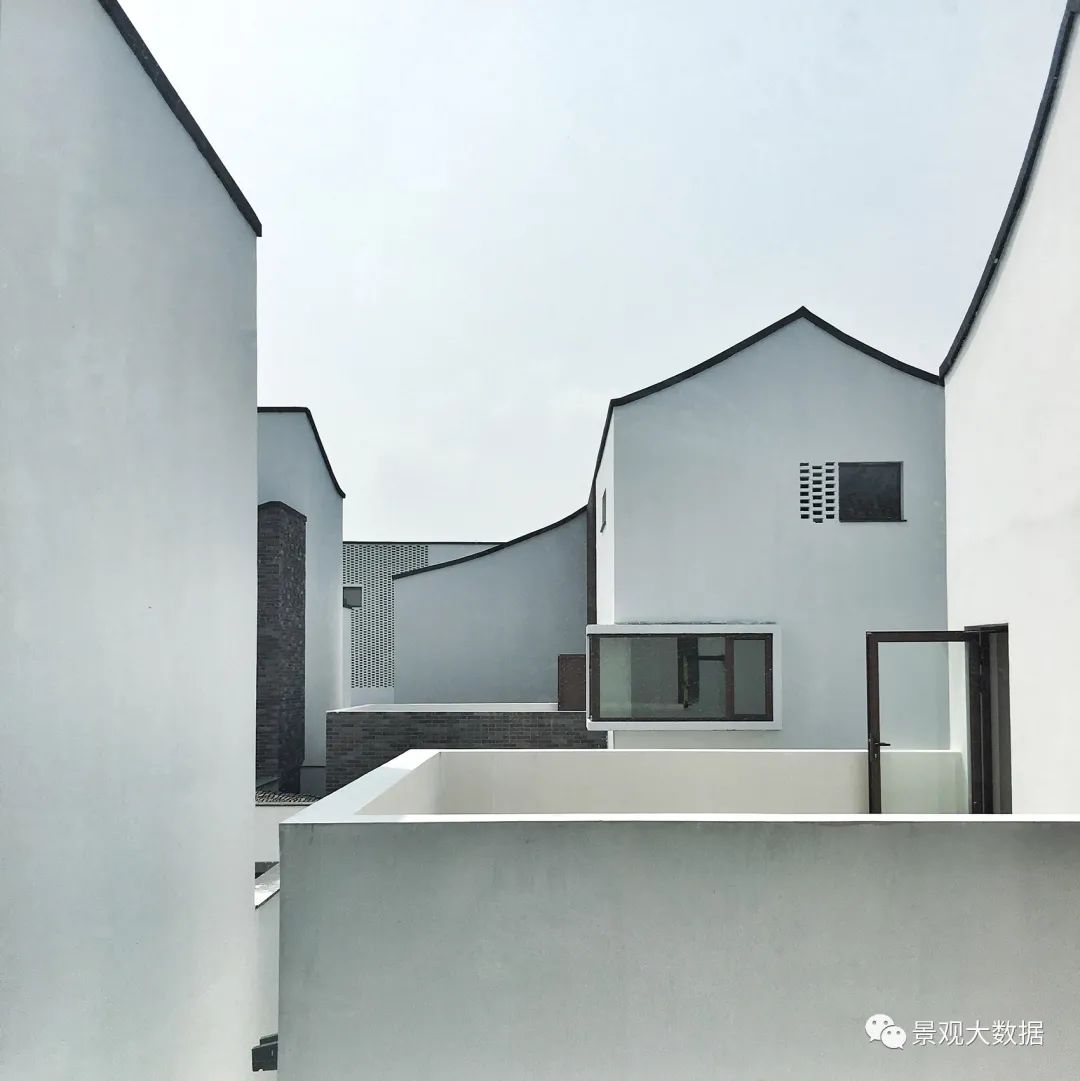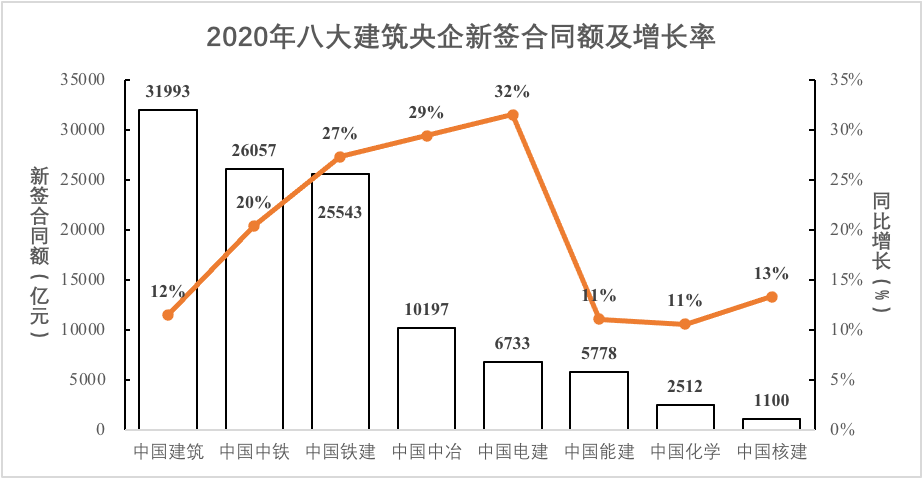Among them, in terms of strengthening the drive of scientific and technological innovation, it is clear to promote regional demonstration, promote the construction of “near zero carbon emission demonstration zone” in the urban sub-center, and promote the pilot carbon neutral demonstration project in Tongzhou District; Promote the establishment of green energy demonstration areas in key functional areas such as urban sub-center, Daxing International Airport Airport Airport Economic Zone and Future Science City; Carry forward the carbon neutral heritage of the Winter Olympic Games and continue to promote the sustainable use of the Winter Olympic venues.
How to improve the quality of the new buildings while the new buildings are continuously improving their quality? This plan clearly sets the goal of implementing the transformation of old residential areas – comprehensively promote the transformation of old urban residential areas, and strive to basically complete the transformation of old urban residential areas completed before 2000 in the city that need to be transformed.
In addition, the city will also increase the proportion of prefabricated buildings.
According to the plan, by 2025, the new residential buildings in the city will fully implement the two-star and above standards for green buildings, and the new public buildings will strive to fully implement the two-star and above standards for green buildings, strive to complete the energy-saving and green transformation of public buildings of 30 million square meters, and strive to promote the scale of ultra-low energy consumption buildings to reach 5 million square meters, and basically complete the transformation task of the old urban residential areas that need to be reconstructed built before 2000 in the city.
By 2025, the total scale of ultra-low energy consumption buildings in the city will strive to reach 5 million square meters.
The new buildings in the core area implement the three-star standard of green buildings.
According to the data from the Municipal Development and Reform Commission, by the end of 2020, 760 million square meters of energy-saving civil buildings have been built in cities and towns, accounting for 79.6% of the total number of existing civil buildings, ranking first in the country; 125 million square meters of green buildings have been built; Newly built prefabricated buildings account for 40% of new buildings; A total of 47.41 million square meters of solar water heating system building applications have been built, and the photovoltaic building application capacity is 610000 kilowatts.
The 1640-word municipal leading group office for carbon peak and carbon neutralization recently released the “Work Plan for Energy Conservation and Carbon Reduction of Civil Buildings in Beijing and the” Fourteenth Five-Year Plan “for the Green Development of Civil Buildings.
The construction of commercial housing also encourages the implementation of ultra-low energy consumption buildings, and promotes the implementation of ultra-low energy consumption buildings in key areas and functional parks such as “three cities and one district” and airport economic zone.
By 2025, the new residential buildings will fully implement the two-star and above standards for green buildings, and the new public buildings will strive to fully implement the two-star and above standards for green buildings.
The Municipal Development and Reform Commission also said that the city will also study and formulate relevant supporting policies to promote and support the green development of civil buildings in the city, and comprehensively promote the completion of the goal of energy conservation and carbon reduction in civil buildings.
.
For a long time, the city has actively promoted the energy conservation of new buildings, green buildings and prefabricated buildings, ultra-low energy consumption buildings, reconstruction of existing buildings, and utilization of renewable energy buildings.
In the future, the city will add a number of high-star green buildings.
According to the plan, the city will increase the proportion of green power application, and realize the double reduction of energy consumption intensity and carbon emission intensity of civil buildings; Through the structural adjustment of heating energy and the transformation of heat source and pipe network of heating system, by 2025, the heating energy consumption per unit building area will decrease by about 10%, and the proportion of renewable energy heating area will reach more than 10%; Advocate the integration of photovoltaic and solar thermal buildings in new buildings, realize synchronous design, construction and use, and encourage qualified urban existing buildings to install solar photovoltaic systems.
According to the plan, the new buildings in Beijing will follow the standard of one star and above for green buildings, the new government investment and large public buildings will follow the standard of two stars and above for green buildings, the new public buildings in the urban sub-center will follow the three-star standard for green buildings, and the new buildings in the core area will follow the three-star standard for green buildings.
Not only the construction of the main building, but also the decoration will be more green.
At the same time, the city also encourages the construction of green ecological demonstration areas and green building high-star projects in key areas such as the “three cities and one district”, the comprehensive demonstration area for the expansion and opening of the national service industry, the China (Beijing) Pilot Free Trade Zone, the Pingyuan New City, and the Daxing International Airport Airport Airport Economic Zone.
For the energy conservation and carbon reduction of rural buildings, the city will also continue to promote the construction of earthquake-resistant and energy-saving agricultural houses, and accelerate the construction of green agricultural houses, prefabricated agricultural houses, and ultra-low energy consumption agricultural houses; We will increase the application of solar photovoltaic, photothermal and other technologies, promote the pilot of zero-carbon rural housing, and strive to promote the PV installed capacity of about 400000 kilowatts in rural areas.
At the same time, we will promote the energy-saving and green transformation of public buildings in combination with urban renewal, adjustment and upgrading of building functions and renovation of old buildings.
The plan proposes to fully implement the delivery of fully decorated finished houses for new buildings and improve the application proportion of prefabricated decoration in affordable housing, commercial housing and public buildings.
By 2025, the proportion of new prefabricated buildings will reach 55%; Promote ultra-low energy consumption buildings.
The reporter learned that the city sub-center will carry out the demonstration of ultra-low energy consumption buildings, adding 1 million square meters by 2025, and explore ways to encourage other districts to support social investment in the construction of ultra-low energy consumption buildings through discount interest.
The optimization and adjustment of energy structure is the focus of energy conservation and carbon reduction.
By 2025, the city will strive to complete 30 million square meters of energy-saving and green transformation of public buildings.
The planning for the construction of the “near zero carbon emission demonstration zone” in the sub-center of the city also puts forward the key tasks for the “Fourteenth Five-Year Plan” period, including 30 tasks in six aspects: strengthening the drive of scientific and technological innovation, optimizing and adjusting the energy structure, improving the green construction system, improving the quality of buildings, promoting the energy efficiency of existing buildings, and innovating the governance model.



